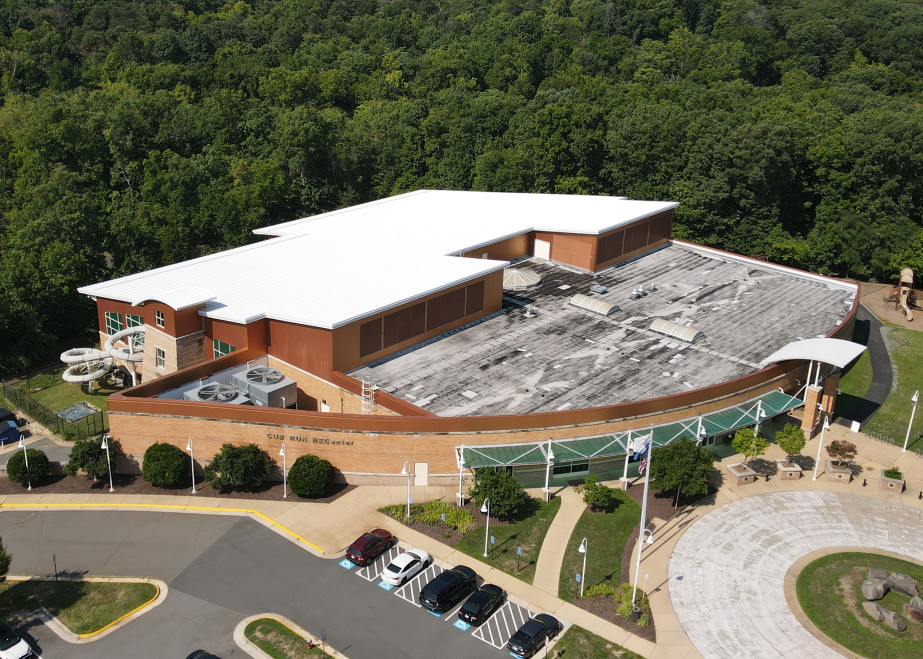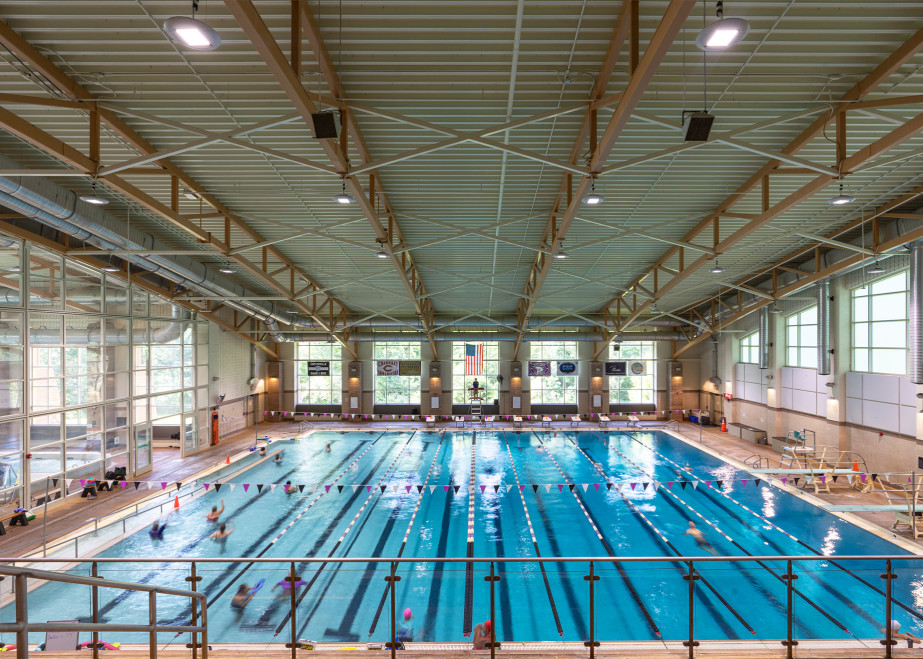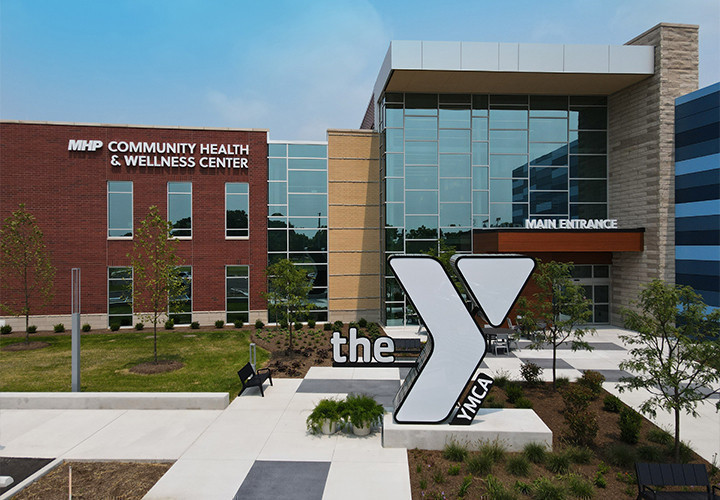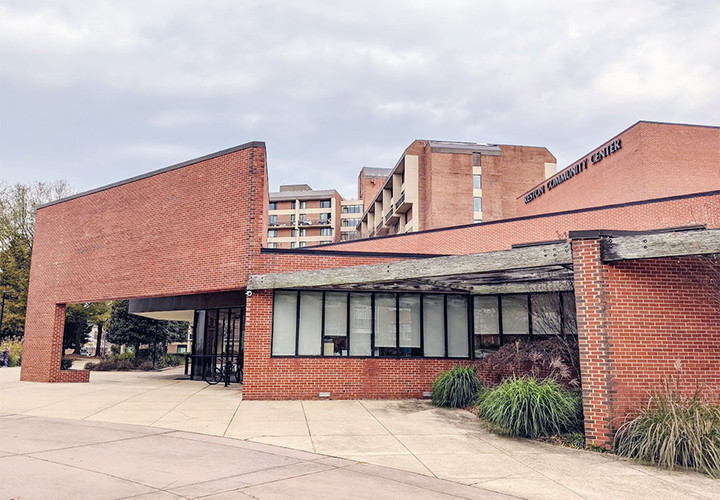Transforming Fairfax County's Most Energy-Intensive Building into a High-Performance Facility
Located in Chantilly, Virginia, Cub Run Rec Center is operated by the Fairfax County Park Authority (FCPA). This unique 65,001 ft² facility features two indoor natatorium spaces, a fitness center, offices, and multipurpose rooms. In 2020, Fairfax County’s Office of Environmental and Energy Coordination (OEEC), in partnership with FCPA, engaged CMTA to perform energy audits and implement upgrades across County facilities under an energy savings performance contract. As part of this project, CMTA aimed to transform Cub Run from one of Fairfax County’s most energy-intensive buildings to one of its highest-performing recreation centers. By overhauling the facility’s central plant and heat recovery systems, the project significantly reduced energy usage and greenhouse gas emissions while creating a healthy and comfortable indoor environment for occupants.




